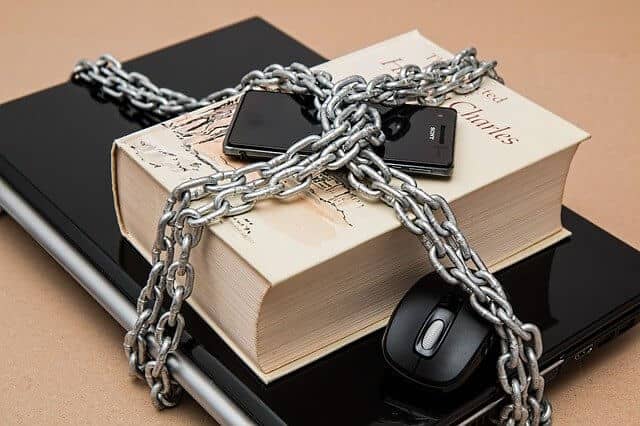Security History: From Seals to Codes
June 12. 2020 0 Comments
- Posted in:
- Interesting Facts
From the earliest periods of human civilization, cultures and peoples have sought to maintain secrets. They have also created written languages, because of course human civilization decided it needed to invent bureaucracy. With the creation of clerks and paperwork there came the need to secure documentation’s authenticity. Before the days of cyber encryption and PIN’s, rulers and other important people needed to make sure people didn’t copy important information or commit fraud by pretending to be a noble. As times changed, so has document security, with codes and passwords possible even on PDFs.

One of the earliest forms of document security were primitive seals that date back to the birth of civilization itself, ancient Mesopotamia. Such early cultures used stone or clay tablets to record documents, which would be difficult enough to replicate thanks to low literacy rates and the difficulty in writing on clay or stone to start. Still, to err on the side of caution, early rulers and nobles used early seals, called signets, made from stone that depicted a local god or early family crest. Such seals authenticated documents to ensure they were genuine.
From such early signets eventually arose the use of signet rings. Signet rings were carefully crafted seals depicting the crest of a royal family or powerful local leader, such as a feudal lord during the Middle Ages. Since each signet ring was unique to the family or ruler who held them, obtaining one of these was basically the medieval equivalent of hacking a company server for their bank information. It worth noting a similar form of signet rings still exists in the modern day in Japan. Since the Japanese language lacks a real use of handwriting, documents are authenticated with a seal and stamp similar to the seals of notary publics in the West. Controlling these seals is just as powerful a form of fraud as obtaining a signet ring was in the Middle Ages.
The American equivalent to signets rings were called gentlemen’s rings, and, eventually were replaced by the seals of notary publics, as noted previously. Once documentation started getting sent digitally, however, the game changed.
PDF and similar document formats first entered the digital scene in the 1990’s. In these early days of the internet a lot of those programs were proprietary and expensive. Pdfs were proprietary until 2008. Restricting a format to certain operating systems and having it be expensive to own and use is a form of encryption in its own right, but workarounds are usually not far behind such efforts. That’s why secure passwords for digital files came about.
Password protected pdfs are a simple yet effective method of securing digital files. The file is protected by a password. To properly access the file, or to adjust the file to suit the needs of a client, they need to know the password. The use of passwords and digital signatures has allowed for wider use of digital and online documents. In the past, important documents needed to be signed, notarized, and mailed. Now, they can be digitally signed, encrypted with a password, and emailed or loaded onto a private server.

Though document security has changed vastly over the millennium of human civilization, at the core the intent is the same: prevent other people from reading the important paperwork. Such security is also important for preventing various forms of fraud and ensuring the authenticity of documents. Even in the modern age the old methods of authenticity still have their uses. Notary publics still place wax seals on documents they have witnessed, people still sign for important mail or for important documents, and, as mentioned, stamps and seals are a vital source of authenticity in Japan. Across time and nations document authentication has remained the same while also changing drastically.
Unfortunately in the light of poor education sometimes it is needed to check what words cannot be used in the modern language. You can check this stop words on the pages of our service.
